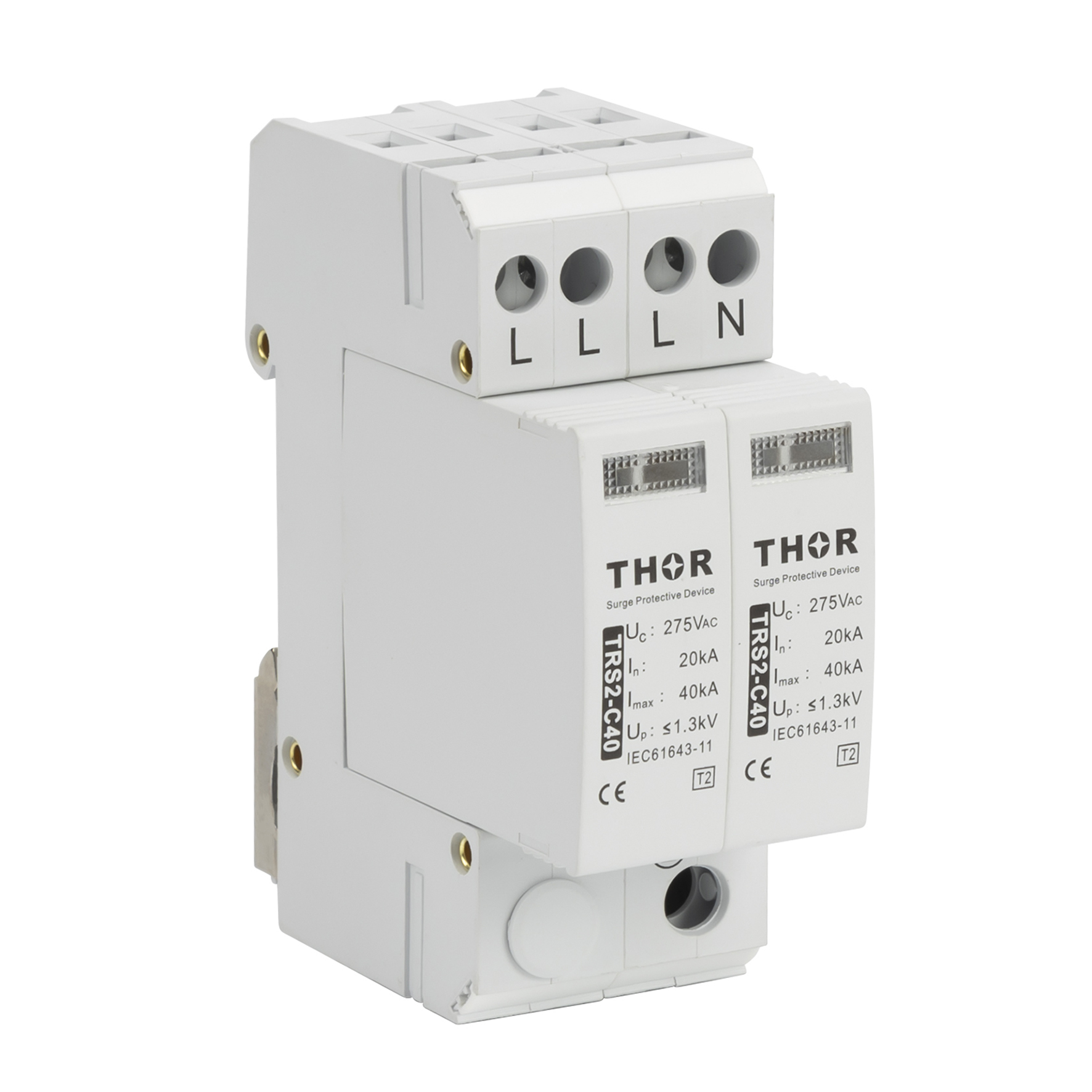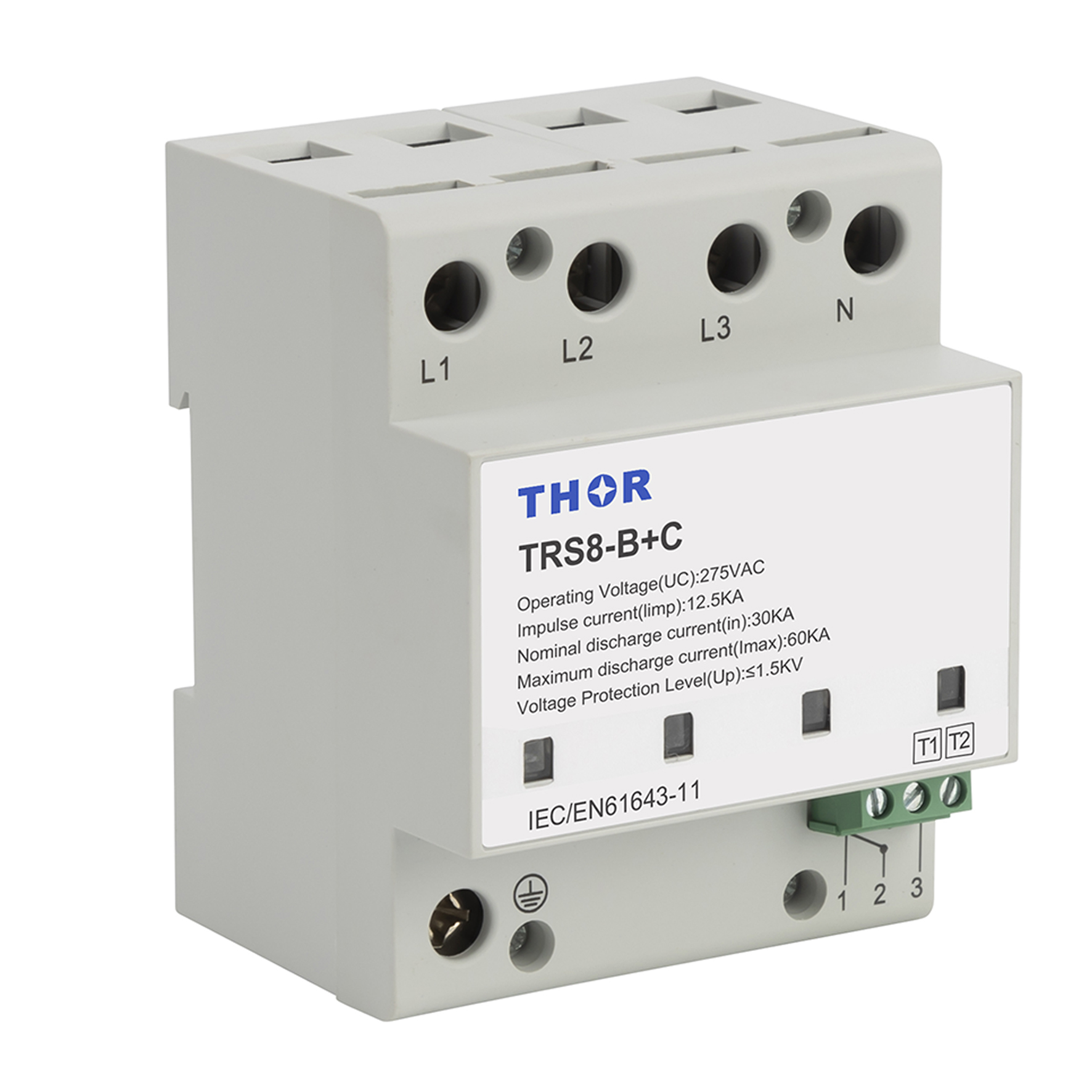A whole house surge protector safeguards your home by diverting excess voltage from power surges, protecting all connected devices. For example, it can handle surges up to 6000 joules, ensuring sensitive electronics remain safe during storms or grid fluctuations.
What Are Whole Home Surge Protectors
How They Work
This type of protector works by redirecting excess voltage outside your home's electrical system and safely grounding it. If there is a power surge, the device senses additional voltage and shifts it back on track to save your electronic equipment from any damage. This process is completed in almost an instant to keep your devices safe.
Product Specs and Types
They differ in specifications and types depending on the need you may have for one of these surge protectors, which is why it can be hard to narrow down exactly what features are important.They are usually rated by the joules—a unit of energy—of their capacity to receive before they die. Most homes should be able to get by with a protector between 2000-4000 joules - these offer good protection for the average household.
Protectors can also vary on what you install and how it functions:
- Panel-mounted protectors: Installed directly onto your electrical panel, providing comprehensive protection for the entire home.
- Point-of-use protectors: Used in conjunction with panel-mounted units, these are placed at specific outlets to protect particularly sensitive or valuable electronics.
- Type 1 protectors: Installed between the power line and your home's main breaker, ideal for protection against external surges, such as lightning.
- Type 2 protectors: Installed at the main breaker panel, protecting against internal surges caused by appliances within the home.

Advantages and Disadvantages of Whole House Surge Protectors
Advantages
Comprehensive Protection
The greatest benefit of whole house surge protectors is that they can offer total security. Therefore these devices provide protection to your whole system rather having point-of-use surge protector. Your HVAC system, your kitchen appliances and other delicate electronics are safe.
Longevity of Devices
These protectors could add years to the life of your devices by stopping voltage spikes from destroying your electronics. Possibly, your refrigerator and washing machine get shorter life meter due to the surges resulting from turning on and off will be greatly reduced let alone increased considerably in bands.
Cost-Effective
Although the price for installing a whole house surge protector upfront may be on the high side, it is an expense that saves money in terms of efficiency. Think about cost of a fried computer, to fixing an HVAC system or anything comparable as those price are higher compared to buying this surge protector. The savings on repairs and replacements over time make this a sound financial choice.
Disadvantages
Initial Installation Cost
The most obvious disadvantage is the high upfront investment. The price of installing a whole house surge protector is usually $300 to $500 with labor costs included. The cost to reimburse the consumer, however - an upfront expense for homeowners buying a gas boiler that some may think is too high even if it proves a relative bargain over time.
Maintenance and Replacement
These whole house surge protectors aren't a one-time purchase. They need regular servicing and changing. Units must generally be replaced about every 5 to 10 years depending on the number and intensity of surges they contain. For anyone seeking a more stable, long-term solution this continuous maintenance is perhaps the downside of Ansible.
Not Foolproof
Although these protectors can be very efficient, they are not infallible. Some damage from a direct lightning strike is almost impossible to protect against with even the best surge protector. For this reason, you may still require extra layers of protection such as individual surge protectors for the most susceptible devices.
Compatibility Issues
At times, compatibility problem in older houses or electrical systems If you have an old house, your current electrical panel may need to be upgraded in order to accommodate a whole home surge suppressor - which will of course add extra cost and complicated installation.

How Surge Protectors Relate to Home Insurance
Potential Insurance Discounts
Possibly a bigger draw, however, is the money you could save on your home insurance rates. Insurance Discounts: Many insurance companies offer whole house surge protection with up to 10% off your policy. They are motivated by the lower vulnerability to claims involving electrical damage. In doing so, power surges do not break your appliances and systems but to a greater extent the likelihood of you filing in x claim drops, this is nothing but win-win for both parties.
Claim Reduction and Coverage
If you should still have electrical damage, installing a DIR protection box will also simplify the claims process. If you have surge protectors, insurance companies might look more lenient on your claim as this shows that you are taking steps to prevent damage in the first place. Also, certain protections may protect the cost of surge protector installation if you live in a territory poises for numerous power surges or more common lightning strikes.
Choosing A Best Surge Protector
Make sure that when choosing your surge protector, you look for the specs and how they match against what exemptions are written in into your insurance policy. A protector that has a higher joule rating and lower clamping voltage means better protection, which insurers are likely to view more favorably. Talking over these specifications with your insurance agent will guide you in making a sound selection and guarantee great returns.
Selecting the Ideal Whole Home Surge Protector for Your Needs
Testing Your Home Electrical System
Step One: Control the energy flow in your home Homes with higher loads or high incidence rate of power surges need surge protectors with a larger capacity. For example, if you tend to experience more lightning storms in your area than elsewhere comes a unit with higher joule rating say 3000-6000 Joules is perfect for robust protection.
Evaluating Joule Rating
Simply put, the joule rating in a surge protector shows us when its going to fail. The higher rating the better expected protection For most homes, a unit rated between 2000 to 4000 joules is apt. If you have many high-end electronics or a home office: You'll want something with more of a joule rating in order to ensure all devices are adequately protected.
Clamping Voltage
It is the level where your surge protector would start to shunt extra voltage away from entering your homes electrical system. Peak forward clamping voltage, which is lower for better protection. Buy surge protectors that have a clamping voltage of 400V or less. This indicates that the device will respond quicker to prevent surges on your other electronics.
Response Time
The exact opposite of filtering, however just as significant is a surge protector's response time. It deals with a spike fast A quicker response time is always going to be the better of course. Preferably, these units would have a very low response time (less than 1nanosecond), meaning they protect your electronics almost instantaneously.
Type of Surge Protector
- Panel-mounted surge protectors: Installed directly onto your electrical panel, offering comprehensive protection for your entire home.
- Type 1 protectors: Installed between the power line and your home’s main breaker, ideal for protection against external surges like lightning.
- Type 2 protectors: Installed at the main breaker panel, protecting against internal surges caused by appliances within the home.
